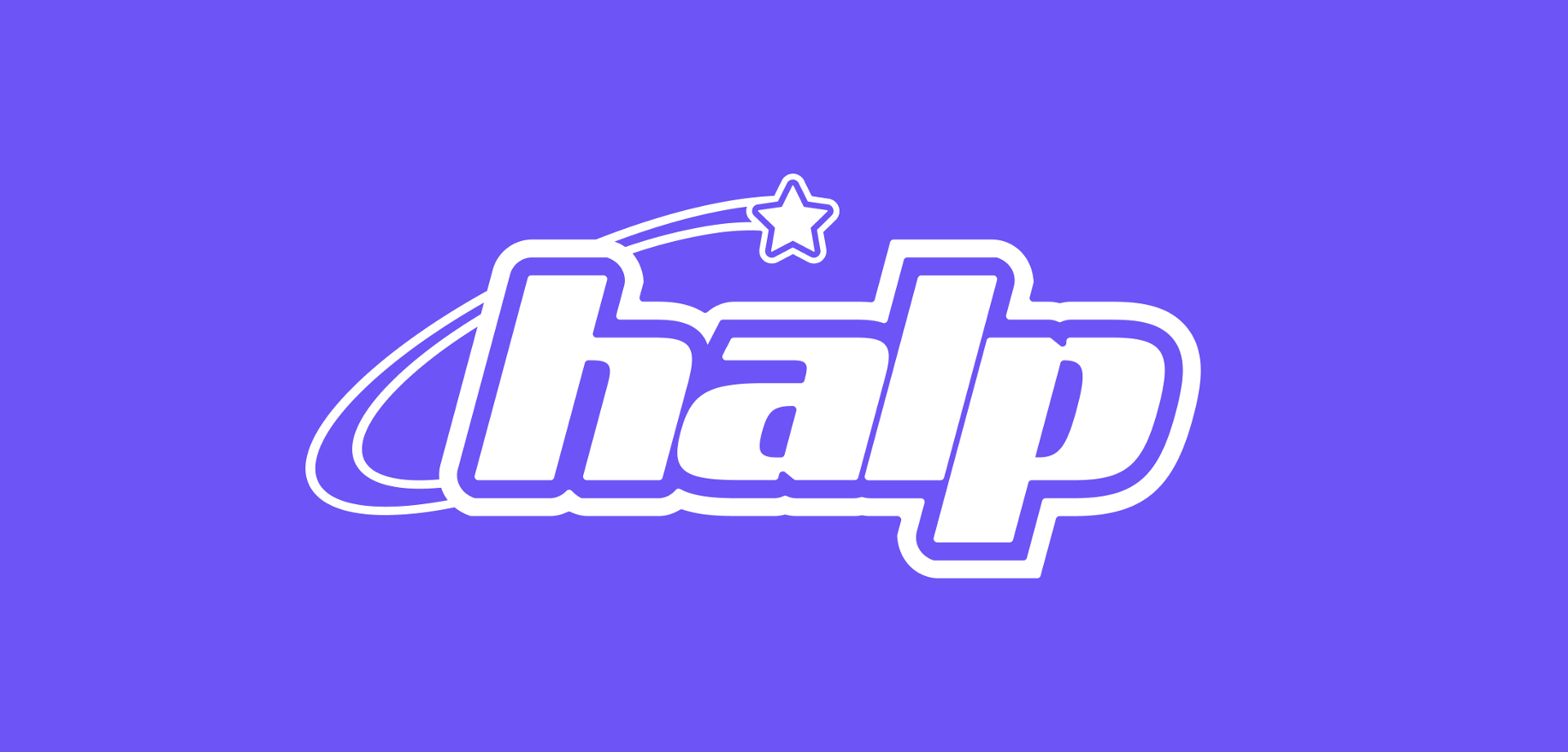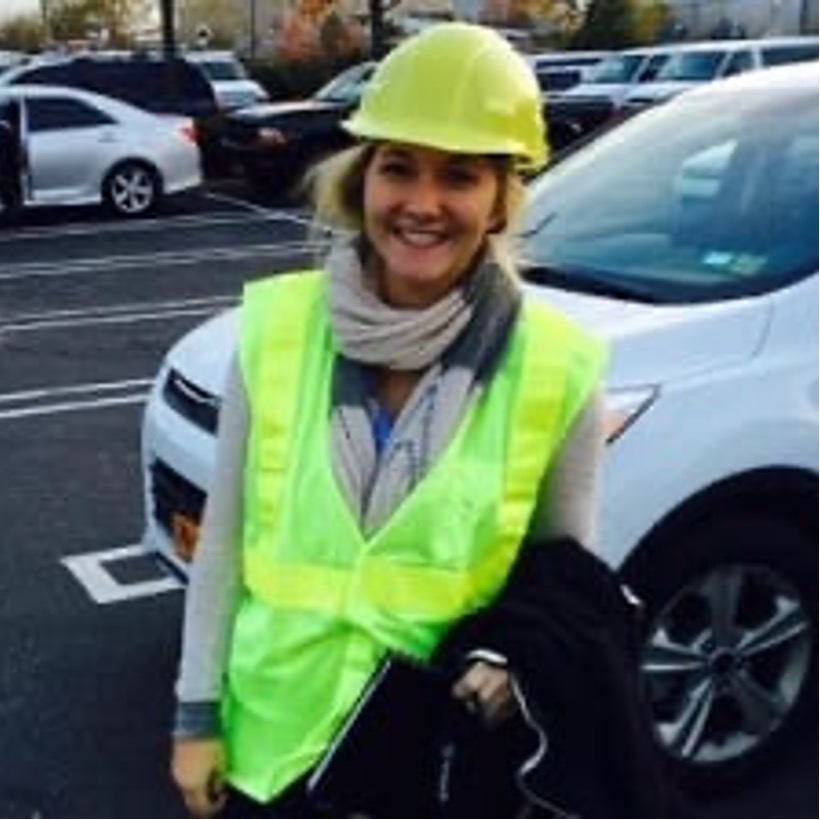Halp is on its way!
SATOV alumnus, Matthew McLellan co-founded halp.co in 2019 and is already helping 20,000 students study abroad
We caught up with Matthew at halp HQ in Toronto to discuss his time at SATOV and his journey through the launch and a first round of funding on his new venture, halp.co
Learning at SATOV
Q. Saffer: Why did you join SATOV?
A. McLellan: I joined SATOV in 2016, about a year and a half after I graduated from IVEY following the recommendation of one of my one of my classmates, Chantal Rapport, who was working at SATOV. At the time I was working at a different consulting firm with a strong sector focus, and I wanted an opportunity to work on different types of problems, but also in different verticals.
And, you know, it was exactly what I needed. I did cases across insurance, private equity, retail, and other areas. We were doing due diligences, we were doing customer strategy, and we were doing cost cutting initiatives. So, I really got the full gamut in terms of different types of problems, different industries, that type of thing. Obviously, I ended up, you know, leaving to start a company, but the experience was great and was exactly what I signed up for.
Q. What skills or learning was most transferable to your venture?
A. I took a lot from SATOV in terms of skills from consulting to the venture. Presentation skills were very important. Mark, Ky and Alim were obsessive about this. I learned about what “polished” means in the way that you speak and come across because, you know, the best plan means nothing if you can’t convince people to get buy-in.
I was in situations at SATOV, like right away, where I would be presenting to a publicly-traded company or like a really large private company, and you need to get them and get their heads around what you believe, like the customer strategy should be or, you know, get everybody there together. Even if I was just presenting on the delivery of the outputs – how I presented really mattered. You are 22 or 24 and telling these folks with way more experience and know-how, how to change and why – so you need to be clear, complete and confident.
So now, in venture, you’re convincing customers to join your platform, you’re convincing investors to invest, you’re convincing employees to join. Like everything is kind of sales-y, but also driven by a place of presentation where you need to be, you know, excited and get buy-in and do it in a way that gets everyone there together versus you’re speaking at them and down. And I think that that was a really important skill that we took across.
Q. We talk about the SATOV Way to our employees and clients. Has any of this transferred to halp.co?
A. Mark was and is an important a mentor to me. He used to have this sign in his office and it was something around like treating highs like triumphs and failures as the same. And I always kind of looked at it, didn’t really know what it was or why you would want to do that! But now in venture, there are a lot of highs and lows. And probably the cadence of them in a venture is a lot quicker than maybe if you’re an employee at a consulting firm, but you really feel, you know, you win a customer and you’re like, here we go. I’m Jeff Bezos. And, you know, maybe you lose a key recruit, or somebody leaves the company or whatever and you’re like, what am I doing with my life? Right?! And so, I’ve had to really learn from a mentor perspective how to not get too high, not get too low, because it’s directly correlated with like burnout or also just having higher quality output or decision making when you’re not feeling the extremes of those. And so, I think that that was something that I took from Mark that has been helpful.
Building halp
Q. What is halp? Where did you get the idea for the platform?
A. HALP is a web platform that helps students get into and graduate from college with the help of a coach. Our go to market approach is focused on international students generally going from Asian countries to Anglo like Canada, US, UK, Australia. We came up with this idea because we felt the pain of the transition to higher education ourselves.
I grew up in North Bay, moved to London and, and I was trying to figure out what do I want to do? And schools like Ivey can feel daunting. And the public school guidance system is set up in a one-to-many model. Guidance counselors are wonderful humans, but it’s general advice. They don’t have a lot of time. It can be difficult to get the answers you want. It’s not personalized. And then the other end of the spectrum is private education zones, which, you know, most cannot afford
“We did a ton of research and really got a lot of conviction around the thesis of the market to support students accessing higher education: it was served by a fragmented group of low NPS, offline, often bad-acting competitors.”
It’s super stressful in grades 10-11-12 trying to figure that out. And so that was kind of where we first felt the pain. And then having gone to Western and graduating, Ivey, you start to see how important accessible paths to education are for evening out that global socioeconomic playing field and creating a better life for folks. And I became really inspired by that.
We did a ton of research and really got a lot of conviction around the thesis of the market to support students accessing higher education: it was served by a fragmented group of low NPS, offline, often bad-acting competitors.
Q. So you found whitespace?
A. Yes, 100% we believe that there is space here for a tech-enabled, personalized-coach to support you in an end-to-end way that is a great experience and also, is no burden financially on friends, family.
Q. What are some of the pain points you’ve experienced, and what learnings have you gained so far?
While we always knew we wanted this to be tech enabled, the first version actually focused on domestic students. We learned pretty quickly that the SAY-DO gap in their willingness to pay from the survey results was like really high.
Like everyone was, “Oh my God, if you had a $40 month subscription, we’d use it from grade 10 to 12. Like the guidance counselors aren’t enough. I can’t go and visit these schools like this is great. Build it, build that.” We were taking credit card numbers on the calls and everything you’re sort of supposed to do. Then once it was like came time to “Ship the product and get the first people onboard,” there wasn’t as much of an uptake as we would have liked, and many people just became foragers…
So, we found a way to take down the pay wall, accrue volume on the platform and offer a compelling service to universities, who now pay for great students. So, it’s basically a consumer-facing digital application that has an enterprise business model.
Q. This is incredible. Students get important help on applying to overseas universities, and they don’t have to pay?
A. Yes, the way that it works now is a student signs up for free. They fill out an intake form. We are able to qualify them based on English proficiency scores, their grades, where they want to go, that type of thing, and give a really strong expected value of where they could go and figure out with them what they can afford.
And then we help them build their school list and help them bundle and submit all their applications. We help them manage that entire process. Then our platform allows them to upload the docs and the whole thing. And then they when they click submit, the school gets a great application. When the student pays tuition, we receive a placement fee from the school. Because essentially what’s happening in this market is international students have extraordinarily high demand for college… And the colleges want the international students. It’s their highest value segment. Right. They pay more than domestic students, but the colleges have no ability to go and recruit, you know, in India, Vietnam, Bangladesh, Korea, what have you.
Q. Who did you start your venture with?
A. Marc Fielding, he’s my co-founder, also best friend, and we always wanted to do something together.
Q. What fund raising have you done?
A. We did a pre-seed round in August 2021 and then we’re just about to close our seed round — We aim to be cash flow positive in Q1 of next year. However, high growth matters and now that we have a channel that is working we need to spend venture dollars to grow and scale quickly. And that’s kind of the goal. Now, we see it really big – and we need to get there, or in Canadian: we have a good view of where the puck is going in this market.
—
Learn more about halp by visiting their website

